The Verde Valley is located in central Arizona and is so named due to the Verde River (a tributary of the Salt River) which is one of Arizona's last free-flowing river systems. The area is easily accessible off I-17; about 50 miles south of Flagstaff and 90 miles north of Phoenix.

You may think that you don’t know the Verde Valley in Arizona but I’m sure you do! Sedona is one of the most famous places within the Valley. There are many interesting places to visit within the Valley. For now, I just want to focus on the ancient people and the ruins and artifacts that they left behind.

The Southern Sinagua Culture Flourished in the Valley
From 500 to 1425 CE (Common Era, formerly AD), the ancient peoples of the Southern Sinagua culture flourished in the Verde Valley. The Sinagua were a pre-Columbian (meaning prior to Columbus “discovering” America) culture closely related to the Four Southern Tribes of Arizona, Yavapai, Apache, Hopi, and Zuni.
The name “Sinagua” originated in 1916 from Dr. Harold Colton who was the founder of the Museum of Northern Arizona in Flagstaff. He named the ancient people of Verde Valley and the vicinity of Flagstaff after what the Spanish called the San Francisco Peaks, “la sierra sin agua” the mountain without water. The name reflects the surprise the Spanish felt that such large mountains did not have perennial rivers flowing from them, as is common in Spain.
Dr. Colton identified two different Sinagua cultures. The Northern Sinagua occupied the highlands around Flagstaff, including Walnut Canyon National Monument, Wupatki National Monument and Elden Pueblo. The Southern Sinagua inhabited lower elevations across the Verde Valley including Montezuma Castle National Monument, Montezuma Well and Tuzigoot National Monument.
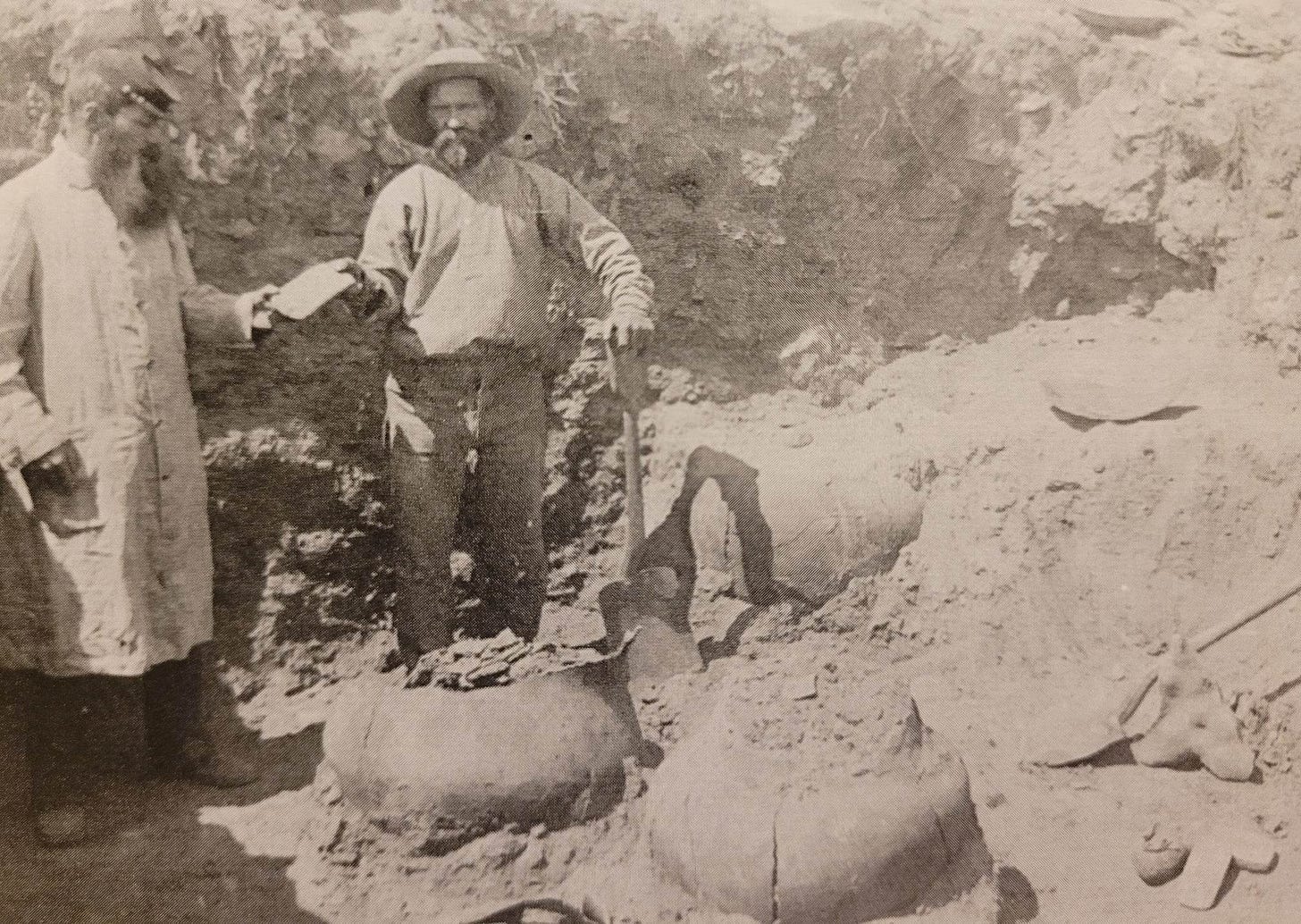
By 1150 CE, Southern Sinagua began building large pueblos, often on hilltops or in cliff alcoves. The Sinagua constructed canals to irrigate their farms. Those same canals are still in use today.
Sinagua farmers cultivated maize, beans and squash. The 1064 and 1066 CE eruptions of Sunset Crater near present day Flagstaff covered the area in ash, which enriched the soil for farming.
They were active in the region's long-distance trade which reached the Sea of Cortez and Mesoamerica. They traded baskets and woven cotton cloth for copper, macaws, marine shells, salt, and rare pigments.
As an owner of a macaw, I was thrilled to know that macaw feathers and bones were found in their trash middens which proved that they were trading with peoples far to the south. When I visited Tuzigoot, the ranger told me that Scarlet Macaw feathers had been found.
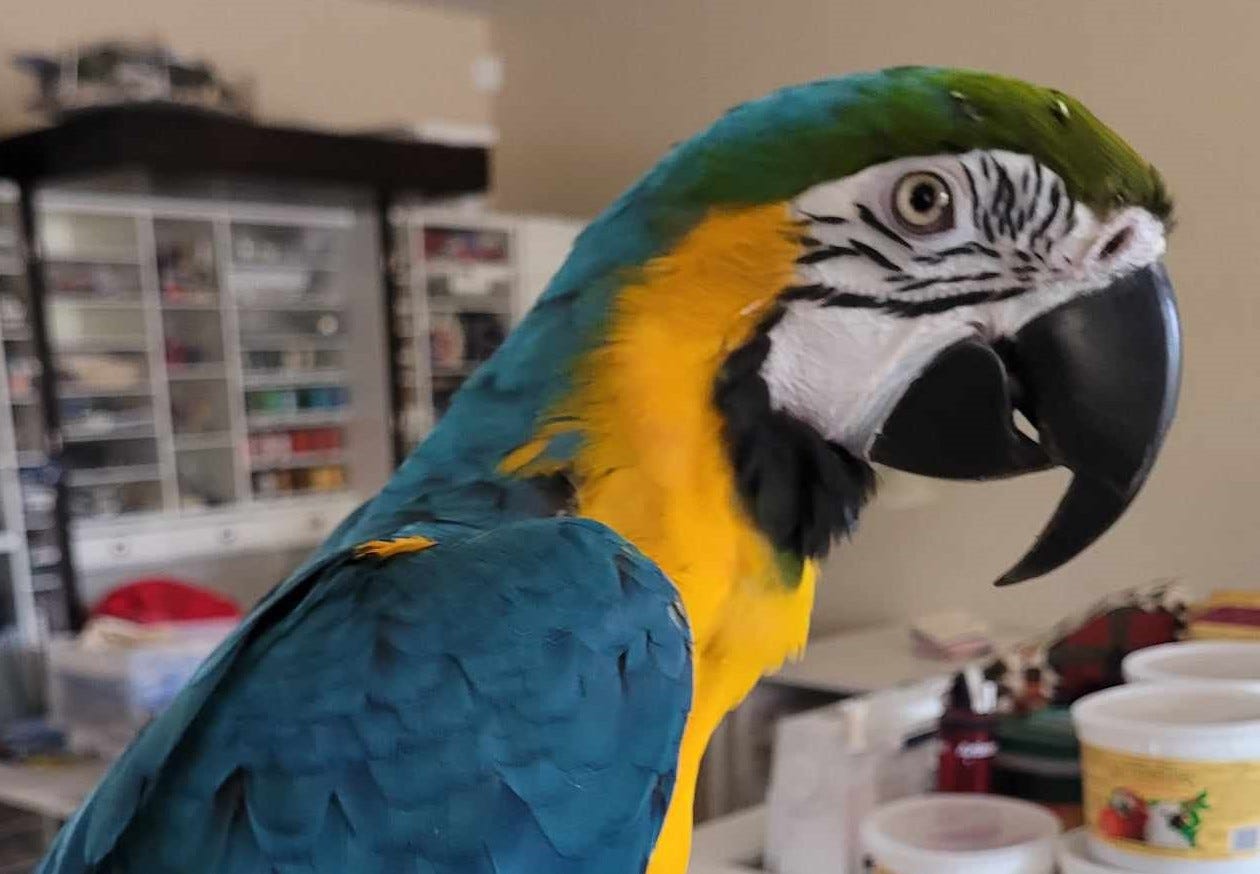
National Monuments Preserve Southern Sinagua Ancient Sites
Today, the National Park Service has set aside three areas designated as National Monuments to preserve remnants of this ancient culture: Montezuma Castle, Montezuma Well and Tuzigoot. Montezuma Castle and Well are located within the Camp Verde area of the above map and Tuzigoot is in the Clarkdale area. Below is a National Park Service (NPS) map showing their locations.
Abandonment of the Area
The Southern Sinagua migrated away from the area by the early 1400s. Scientists aren’t sure why. It could be one or a combination of circumstances: overpopulation, depletion of resources, disease, conflicts with other tribes, climate change or spiritual beliefs. They likely migrated to pueblo villages to the north.
Some Hopi clans believe that the Sinagua were their ancestors and some Yavapai-Apache say that not all Sinagua left, but instead integrated with the Yavapai and Apache. The Hopi call them “Hisatsimom” (people of the past).
Next Time
Now that we talked about the area and the ancient people who once inhabited it, next time, we’ll take a closer look at Montezuma Castle National Monument and Montezuma Well that were inhibited by the Southern Sinagua. These areas are beautiful and easy to visit.




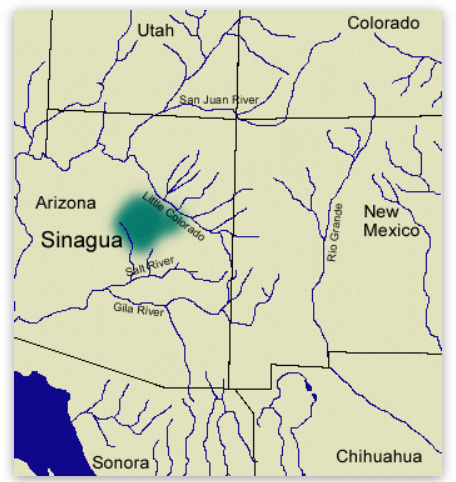

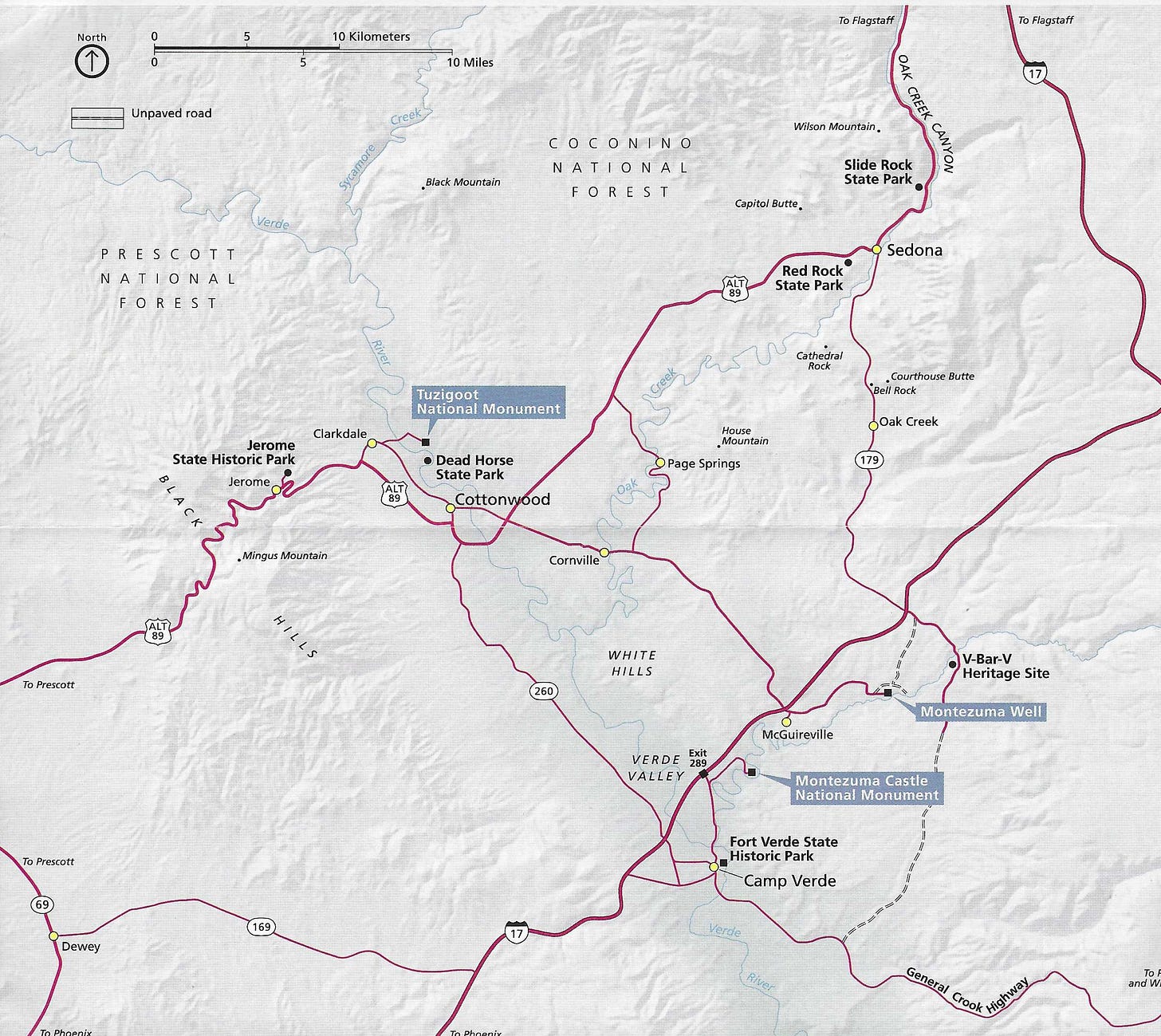
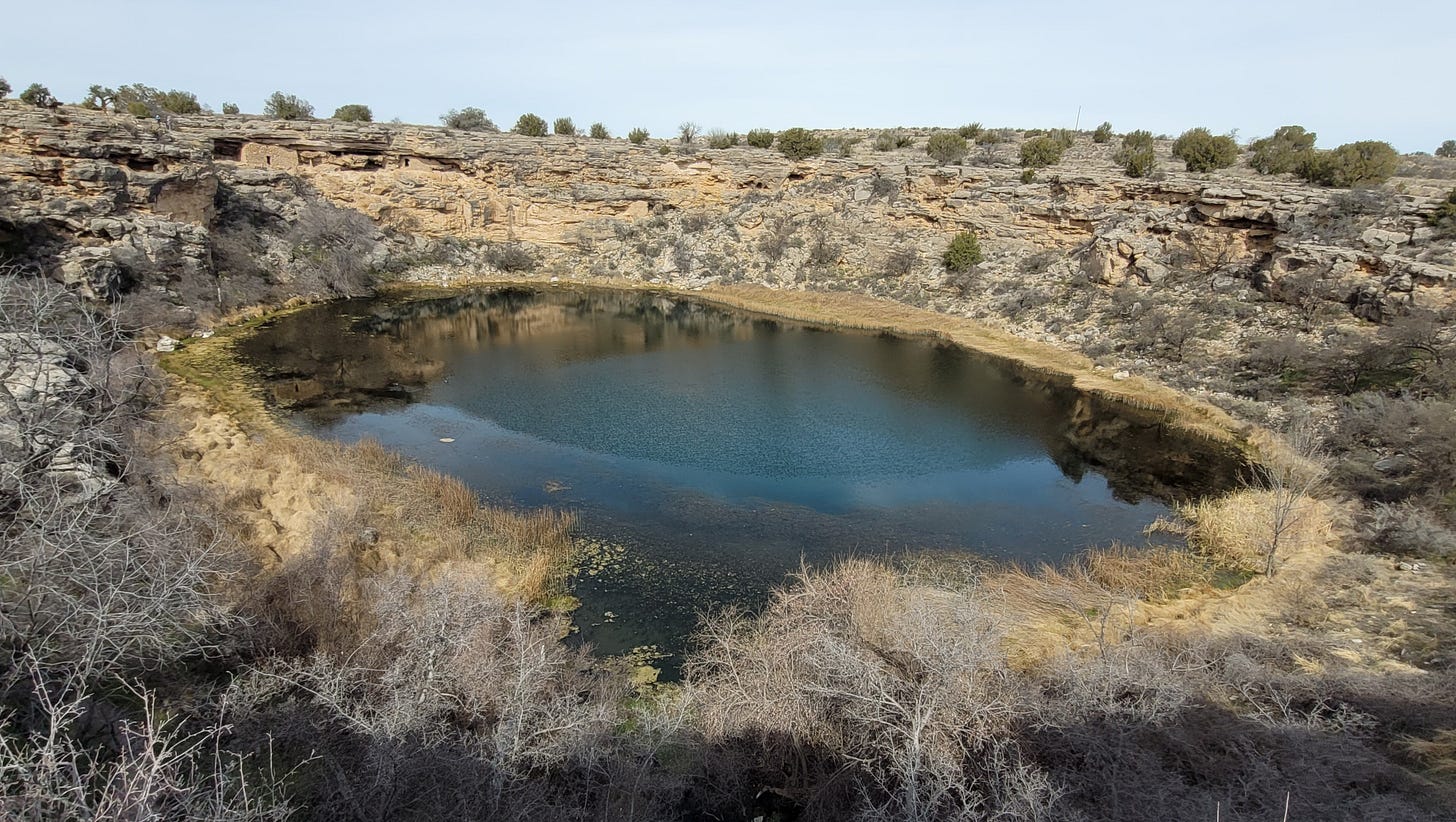
Thank you Jan, you have introduced many places around the Sedona area to explore in one of my future visits. I must say I have only passed through the area about five times. One time we stopped in Sedona seriously looking for a home. Such a beautiful place to stay and live. We finally decided it was a little bit too far from an international airport during a time and we are traveling a lot. I just found this website about a stargazing camp in Arizona.
https://stargazingretreats.staydirectly.com/
Thank you Jen, you have introduced many places around the Sedona area to explore in one of my future visits. I must say I have only passed through the area about five times. One time we stopped in Sedona seriously looking for a home. Such a beautiful place to stay and live. We finally decided it was a little bit too far from an international airport during a time and we are traveling a lot. I just found this website about a stargazing camp in Arizona.
https://stargazingretreats.staydirectly.com/